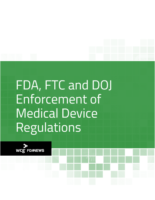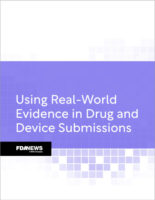
Home » Quick Tip
Quick Tip
You want your attendees to be alert, attentive and productive. So how do you set the thermostat in the meeting room? A Cornell University study suggests that the optimal temperature for employee productivity lies in the range between 69 and 73 degrees Fahrenheit. Extremes at either end of the scale can make trainees focus more on their discomfort than on the presentation.
Of course, the perception of “just right” can vary from person to person, so trainers need to adjust to the needs of their audience. Set the thermostat at 71 degrees, but “take the temperature” of your attendees frequently by observing their behavior and asking them if they are comfortable.
Upcoming Events
-
23Apr
-
25Apr
-
07May
-
14May
-
30May
